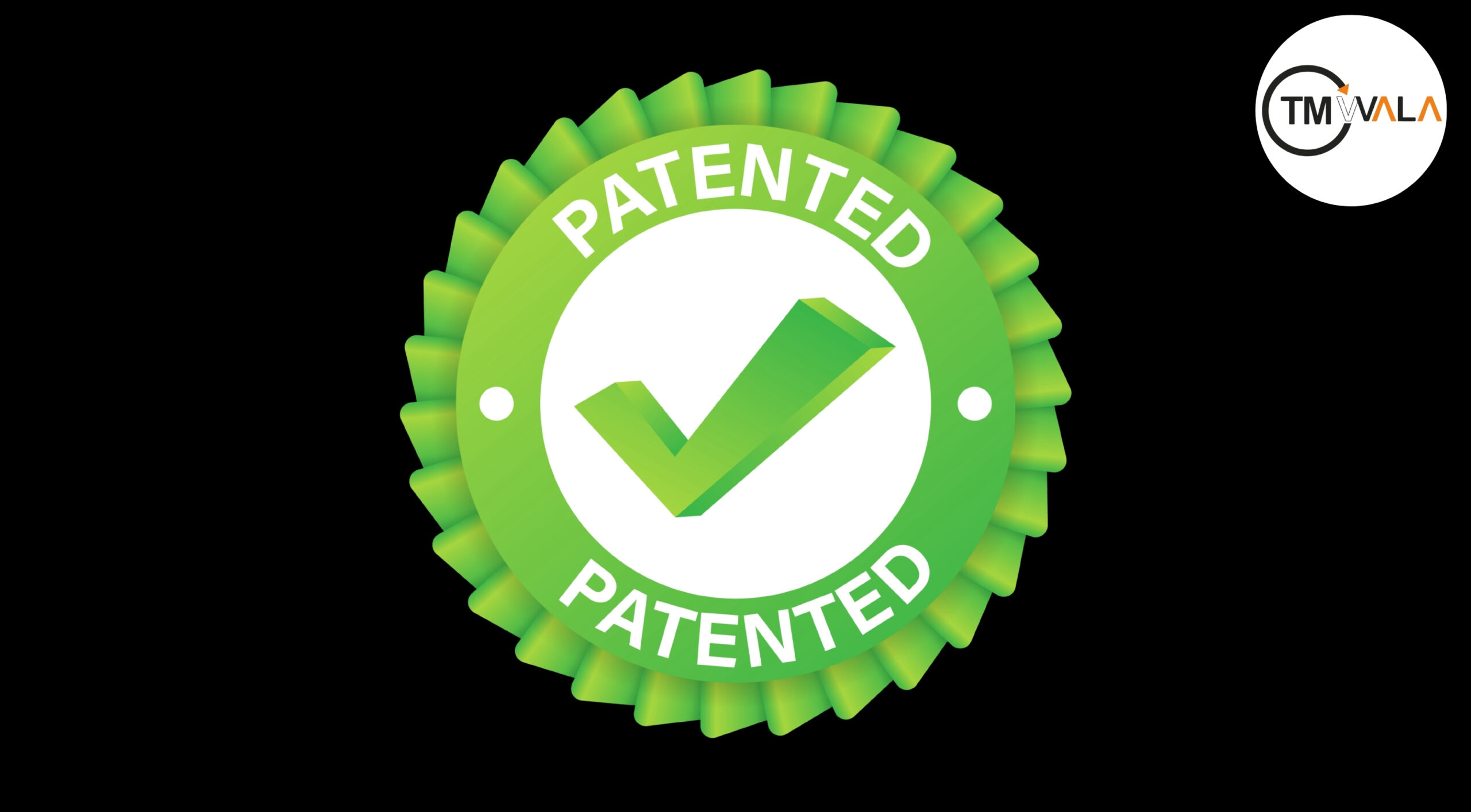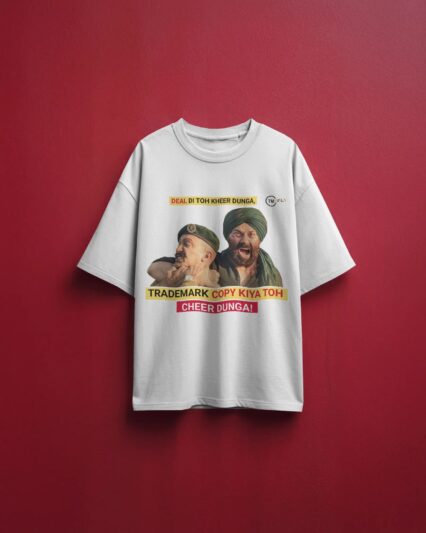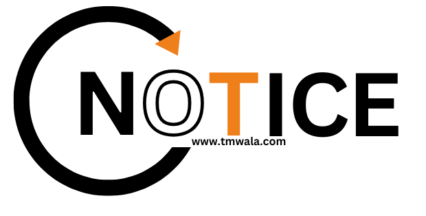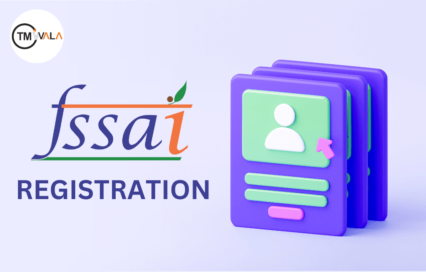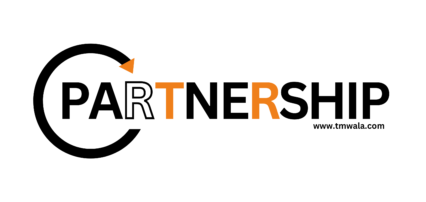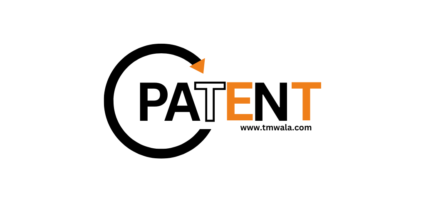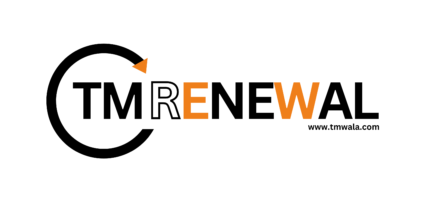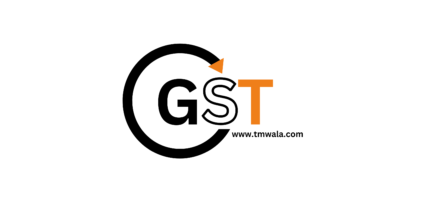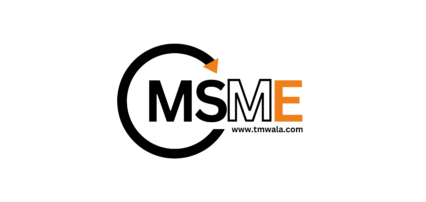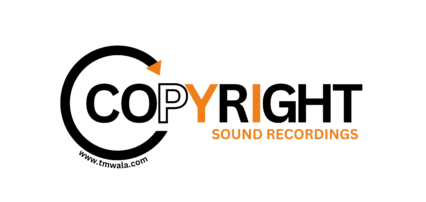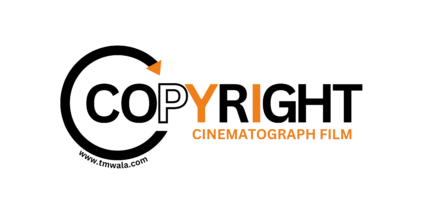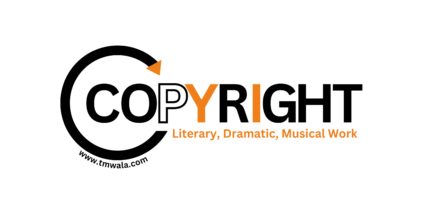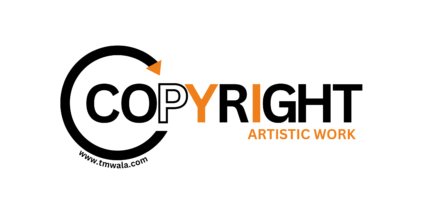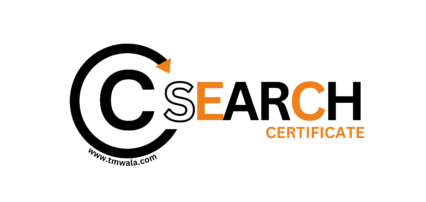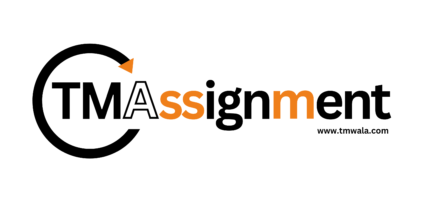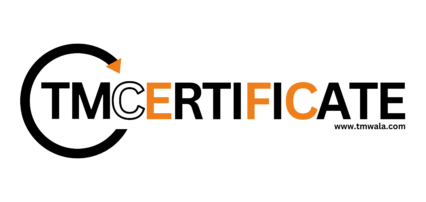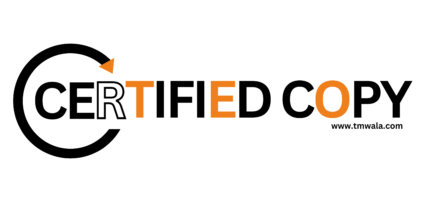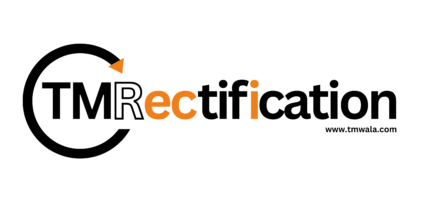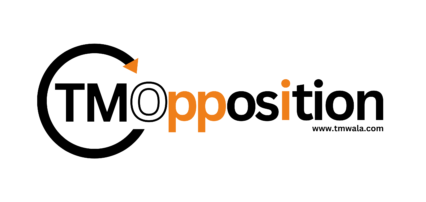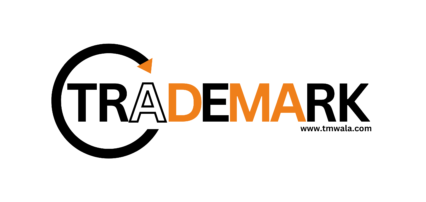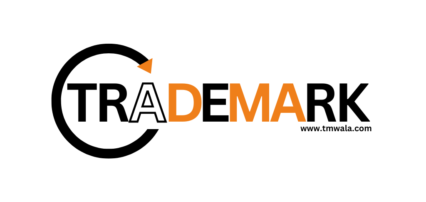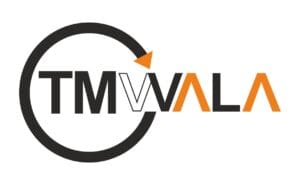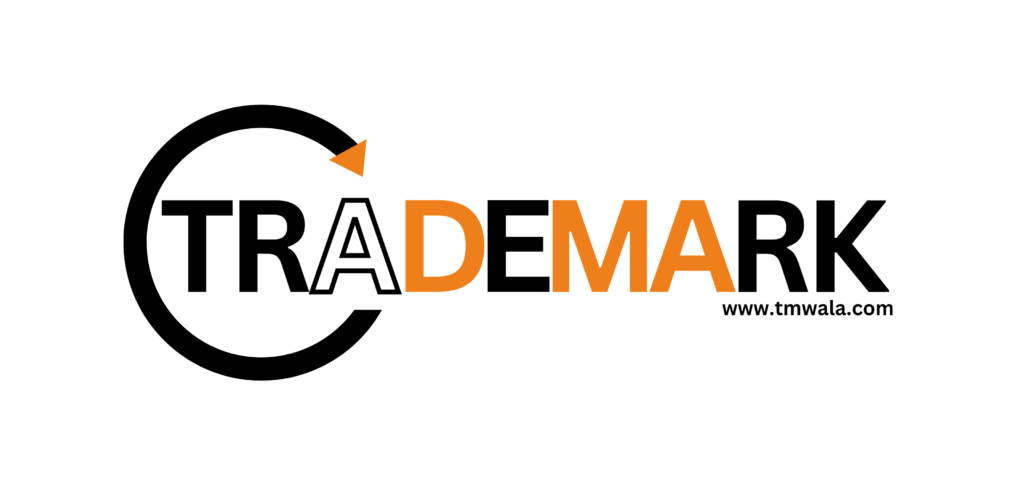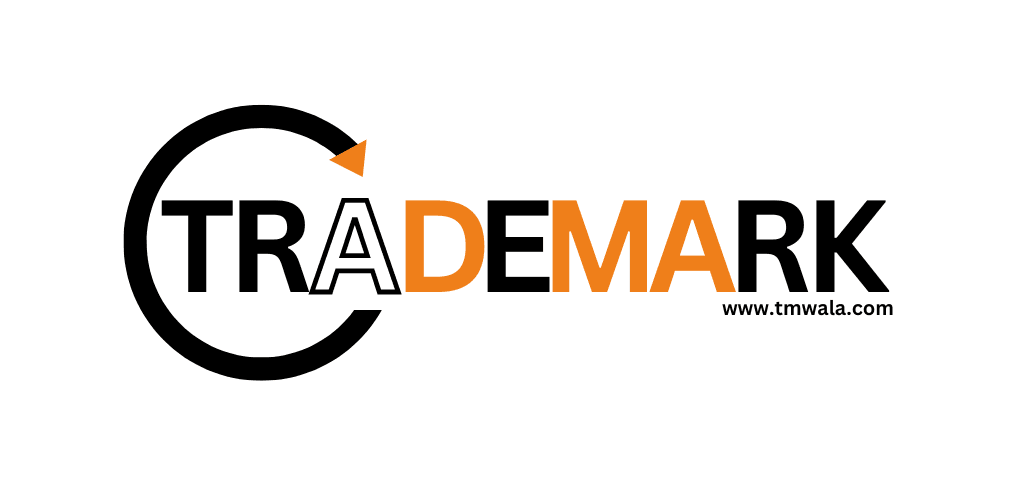Patent gives inventors, the right to protect their innovations from unauthorised use and maintain exclusivity over the same. A patent grants the inventor the exclusive rights to produce, use, sell and financially benefit from their invention for a specified period of time. This article provides a detailed overview of the What is Patent, its eligibility, non-patentable subject matters, examples of patent, Patent Registration Process and Documents required in Patent Registration.
What is a Patent?
A patent is a form of Intellectual Property which grants an inventor the exclusive legal right over its unique and useful invention. This unique invention may be a product or a process. A patent provides the patent holder with the exclusive right to manufacture, use and sell its invention for a period of 20 years from the filing date of the patent application. Patent is a legal shield which protects your invention from being copied by others.
In India, patents are governed by the Patents Act, 1970, which has been amended several times to align with international patent laws, treaties and covenants such as the TRIPS Agreement (Trade-Related Aspects of Intellectual Property Rights).
Eligibility For Patent Protection
Not all inventions are patentable. For any invention to qualify for patent protection, it must meet the following eligibility criteria:
- Novelty: The invention must be novel and unique i.e., it should not be previously disclosed or used.
- Non-obviousness: The invention must involve a non-obvious inventive step that cannot be easily deduced by any person skilled in the relevant field.
- Utility/Industrial Applicability: The invention must be capable of being produced or used in industry and the same must have some practical utility.
Examples Of Patentable Inventions
- New Pharmaceutical Formulation: A novel drug formulation or new chemical compound invented to treat a disease may be patented. For Ex: A new drug to treat cancer or diabetes.
- Innovative Machines or Tools: A new machine, tool or device which solves a technical problem or improves an existing technology can be patented. For Ex: A new type of 3D printer with advanced capabilities or a machine that improves the efficiency of solar panels.
- Software-based Inventions having Technical Applications: Software that provides a technical solution or is tied to hardware is patentable. For Ex: An algorithm embedded in a new mobile device that improves battery efficiency.
- Improved Processes: A novel and inventive process for producing a product or improving manufacturing efficiency. For Ex: A new method for desalinating seawater or producing biofuels.
- Medical Devices: Innovative medical equipment or devices with novel designs and functions is patentable. For Ex: A new surgical instrument that improves doctor’s precision during operations.
What are non-patentable subject matters?
Section 3 of the Patent Act, 1970, provides for which inventions do not qualify for patent protection. These non-patentable subject matter include:
- Frivolous or Contrary to Natural Laws (Section 3(a)): Inventions that are contrary to well-established natural laws. For Ex: A perpetual motion machine (which claims to operate without energy loss) is non-patentable as it violates the laws of physics.
- Inventions Contrary to Public Order or Morality (Section 3(b)): Inventions that can harm public health, animal or plant life, or the environment, or are otherwise immoral. For Ex: Weapons of mass destruction or devices intended for illegal activities.
- Discovery of a Scientific Principle (Section 3(c)): Mere discoveries of scientific principles or the discovery of abstract theories are non-patentable. For Ex: The discovery of gravity or a mathematical formula.
- Mere Discovery of a New Form of a Known Substance (Section 3(d)): Discoveries of new forms, properties, or uses of a known substance without a significant improvement. For Ex: A new form of aspirin that does not enhance its efficacy.
- Mere Admixture of Substances (Section 3(e)): A mixture of substances that produces no new property or result. For Ex: Mixing sugar and water without producing any new beneficial property or result.
- Methods of Agriculture or Horticulture (Section 3(h)): Processes related to growing plants or agriculture are non-patentable. For Ex: A method for cross-breeding plants or a new process for growing specific crops.
- Medical, Surgical, or Therapeutic Treatments (Section 3(i)): Processes for treating humans or animals to cure diseases are non-patentable. For Ex: A method for performing a surgical procedure or therapy.
- Plants and Animals (Section 3(j)): Inventions related to plants, animals, or biological processes are excluded from patentability. For Ex: Genetic modifications in plants or animals (excluding microorganisms).
- Mathematical or Business Methods (Section 3(k)): Pure mathematical algorithms, business methods, and rules for games are non-patentable. For Ex: A new method for calculating taxes or financial strategies.
- Literary, Artistic, or Aesthetic Creations (Section 3(l)): Works of art, literature, or music, which are typically protected under copyright, cannot be patented. For Ex: A new painting technique or a novel musical composition.
- Schemes, Rules, or Mental Acts (Section 3(m)): Schemes or rules for conducting business, playing a game, or performing mental acts are non-patentable. For Ex: A new strategy for playing chess or an algorithm for making business decisions.
- Presentation of Information (Section 3(n)): Methods of presenting information in any form are non-patentable. For Ex: A new method of organizing data on a spreadsheet.
- Topography of Integrated Circuits (Section 3(o)): The topography or layout design of integrated circuits is non-patentable. These are protected under the Semiconductor Integrated Circuits Layout-Design Act. For Ex: A layout of microchips on a silicon wafer.
- Inventions Related to Atomic Energy (Section 4): Inventions falling within the purview of atomic energy are non-patentable for national security reasons. For Ex: Any technology involving nuclear reactors or atomic energy production.
PATENT REGISTRATION PROCESS IN INDIA
The patent registration process in India is quite meticulous, time and effort taking. Here’s a step-by-step guide to applying for a patent:
Step 1: Conduct a Patent Search
Conducting a patent search prior to filing for patent registration is a must to ensure that your invention is qualifies criteria for patentability is unique and no such similar invention has already been patented. Although this search can be conducted by anyone using online using databases like the Indian Patent Office website, it is highly recommended to appoint a registered patent agent who can help you to make this search more thorough and comprehensive.
Step 2: Prepare a Patent Specification
The next step is to prepare the patent specification, which is nothing but a detailed description of the invention. This includes:
- Title of the invention.
- Detailed description of the invention which explains it’s structure and working.
- Claims that define the scope of the invention’s protection.
- Drawings or diagrams to explain the invention (if applicable).
However, in case your patentable invention is not completely developed yet, you have the option file a provisional application. The provisional application allows the applicant a period of 12 months from the date of filing the patent application, to complete developing the invention while also kick starting the process of obtaining patent registration.
Step 3: File the Patent Application
After completing your patent specification, you can go ahead and file a patent application before the Indian Patent Office. The application can be either filed online or physically at one of the patent offices in Chennai, Delhi, Kolkata, or Mumbai, jurisdiction depending upon the place where invention was developed. The types of applications include:
- Provisional Application (in case of under-process invention)
- Complete Application
- Convention Application (for claiming priority rights from foreign countries)
- PCT International Application (in order to protect the invention internationally)
Step 4: Publication of the Patent Application
Once the patent application has been filed, it is proceeded to be published in the Official Patent Journal within 18 months from the date of filing. The applicants can request early publication to expedite this process. Any person may, file a Pre-grant Opposition (Section 25(1)) against the patent application after the date pf publication in the Official Patent Journal published but before the patent is granted. The grounds for pre-grant opposition include:
- Lack of novelty.
- Lack of inventive step.
- Non-patentable subject matter.
- Insufficient disclosure of the invention.
- Prior public knowledge or use etc.
Step 5: Examination of the Patent Application
The patent application is then examined by the Indian Patent Office to ensure it meets all the patentability criteria including novelty, inventive step, industrial applicability and other legal requirements. This is known as the request for examination, which must be filed by the applicant within 48 months from the date of filing of the patent application.
During this process, the Patent Office may issue objections or raise queries regarding the application which is commonly known as the First Examination Report (FER). The applicant must respond to these objections to ensure the application proceeds to the next stage, failing which, the application may be rejected.
Step 6: Grant of the Patent
If the Patent Office is satisfied with the adequacy of the application, responses received in reply to the examination report and no further issues arise, the patent is granted. Once granted, the patent is published in the Patent Journal and the applicant receives the Patent Registration Certificate.
After the patent has been granted, any interested party can file an opposition within 12 months of the grant date. The grounds are similar to those in pre-grant opposition, but the opposition process is more formal, involving the Patent Office’s Opposition Board and hearings.
Step 7: Patent Maintenance
Once the patent has been granted, it is protected for a period of 20 years from the date of filing, however, the patent holder has to pay annual renewal fees to keep the patent’s registration status intact. The first maintenance fee becomes due before the end of the second year from the date of filing. Failure to pay these fees may lead to the lapse of the patent.
DOCUMENTS REQUIRED FOR PATENT REGISTRATION
The following documents are typically required during patent registration process:
- Patent Specification: Detailed description of the invention.
- Patent Application Form (Form 1): Basic details of the applicant and invention.
- Proof of Right: If the applicant is not the inventor.
- Form 3: Statement and undertaking regarding foreign applications.
- Form 18: Request for examination.
- Form 9: Request for early publication (if needed).
CONCLUSION
Patent registration is an essential step to ensure that your inventions stay protected and only you bear the fruit of your innovation. Although complex, it is necessary to go through this process to make sure that only you retain the right over the use and financial gains arising from your invention. Moreover, patent registration gives you a unique standing in the market by boosting your reputation which serves as a game changer when its comes to attracting customers and investors
For expert guidance and support, consult TMWala to ensure that your patent registration proves is smooth, all legal requirements are duly met and that your intellectual property is adequately protected.
Want to know more about Patent? Click the link to read more about it: https://tmwala.com/patent-registration/
Link to Ipindia’s official website: https://www.ipindia.gov.in
-
Sale
Product on sale
Trademark Urgent/ Expedite Application Filing @ ₹3,999* (Basic Discounted Plan) Effective Plan For Non-MSME
₹8,000.00 Original price was: ₹8,000.00.₹3,999.00Current price is: ₹3,999.00.
-
Control Uday Meme T-Shirt for Startup Founders – Funny Year-End Tax Season Tee by TMWala
₹999.00
-
Trademark Copy Funny Meme T-Shirt – Legal Desi Humour Tee for Entrepreneurs by TMWala
₹999.00
-
Funny Confidentiality Breach Meme T-Shirt – Startup& Legal Humor Tee for Founders & HR by TMWala
₹999.00
-
Legal Compliance Meme T-Shirt for Startup Founders – Funny Entrepreneur Struggle Tee by TMWala
₹999.00
-
Startup Funding Meme T-shirt from TMWala– Dekh Raha Hai Na Binod Edition
₹999.00
-
Sale
Product on sale
Legal Consultation Services @ ₹999/- Only – Trusted by Startups & Businesses Across India
₹4,000.00 Original price was: ₹4,000.00.₹999.00Current price is: ₹999.00.
-
Sale
Product on sale
Import Export Code (IEC) Registration @ ₹1,299/-
₹2,000.00 Original price was: ₹2,000.00.₹1,299.00Current price is: ₹1,299.00.
-
Sale
Product on sale
Legal Notice/ Cease & Desist Notice/ Reply @ ₹3999*
₹10,999.00 Original price was: ₹10,999.00.₹3,999.00Current price is: ₹3,999.00.
-
Sale
Product on sale
FSSAI License Registration @ ₹3999*
₹8,000.00 Original price was: ₹8,000.00.₹3,999.00Current price is: ₹3,999.00.
-
Sale
Product on sale
Partnership Deed Preparation @ ₹2999 Best-Selling
₹7,000.00 Original price was: ₹7,000.00.₹2,999.00Current price is: ₹2,999.00.
-
Sale
Product on sale
Shop and Establishment Registration (Madhya Pradesh) @ ₹999*
₹2,000.00 Original price was: ₹2,000.00.₹999.00Current price is: ₹999.00.
-
Sale
Product on sale
Patent Consultation
₹6,000.00 Original price was: ₹6,000.00.₹1,999.00Current price is: ₹1,999.00.
-
Sale
Product on sale
Filing Trademark Renewal @ ₹999* (Late Renewal with Restoration Additional Surcharge + Additional Restoration Fee applicable) (Basic Discounted Plan)
₹4,000.00 Original price was: ₹4,000.00.₹999.00Current price is: ₹999.00.
-
Sale
Product on sale
Filing Trademark Renewal @ ₹999* (Late Renewal, Additional Surcharge applicable) (Basic Discounted Plan)
₹4,000.00 Original price was: ₹4,000.00.₹999.00Current price is: ₹999.00.
-
Sale
Product on sale
Design (Industrial Designs) Application & Registration @ ₹5,999* (Basic Discounted Plan) Best-Selling Plan
₹12,000.00 Original price was: ₹12,000.00.₹5,999.00Current price is: ₹5,999.00.
-
Sale
Product on sale
GST Registration Application @ ₹1,999* (Basic Discounted Plan) Best-Selling Plan
₹4,000.00 Original price was: ₹4,000.00.₹1,999.00Current price is: ₹1,999.00.
-
Sale
Product on sale
MSME/ UDHYAM AADHAAR/ UDHYOG AADHAAR Registration Application @ ₹599 (Basic Discounted Plan) Best-Selling Plan
₹2,000.00 Original price was: ₹2,000.00.₹599.00Current price is: ₹599.00.
-
Sale
Product on sale
Copyright Application for Sound Recording @ ₹2,999* (Basic Discounted Plan) Best-Selling
₹6,000.00 Original price was: ₹6,000.00.₹2,999.00Current price is: ₹2,999.00.
-
Sale
Product on sale
Copyright Application for Cinematograph Film @ ₹4,999* (Basic Discounted Plan) Best-selling
₹10,000.00 Original price was: ₹10,000.00.₹4,999.00Current price is: ₹4,999.00.
-
Sale
Product on sale
Copyright Application for Literary (Books & Software), Dramatic or Musical Work @ ₹2,999* (Basic Discounted Plan) Best-Selling
₹6,000.00 Original price was: ₹6,000.00.₹2,999.00Current price is: ₹2,999.00.
-
Sale
Product on sale
Copyright Application for Artistic Work @ ₹2,999* (Basic Discounted Plan) Best-selling
₹6,000.00 Original price was: ₹6,000.00.₹2,999.00Current price is: ₹2,999.00.
-
Sale
Product on sale
File Expedite/ Urgent Copyright Search Certificate Application (TMC) + Copyright Application @ ₹19999* (Basic Discounted Plan)
₹24,000.00 Original price was: ₹24,000.00.₹11,999.00Current price is: ₹11,999.00.
-
Sale
Product on sale
File Copyright Search Certificate Application (TMC) + Copyright Application @ ₹19999* (Basic Discounted Plan) Economical Plan
₹35,000.00 Original price was: ₹35,000.00.₹19,999.00Current price is: ₹19,999.00.
-
Sale
Product on sale
Filing Application for Assignment/ Transfer/ Transmission of Trademark @ ₹5999* (Basic Discounted Plan) Effective Plan
₹12,000.00 Original price was: ₹12,000.00.₹5,999.00Current price is: ₹5,999.00.
-
Sale
Product on sale
Filing Application for Changes in Particulars/ Amendment in a Pending Trademark @ ₹999* (Basic Discounted Plan) Best Plan
₹4,000.00 Original price was: ₹4,000.00.₹999.00Current price is: ₹999.00.
-
Sale
Product on sale
Filing Trademark Renewal @ ₹999* (Basic Discounted Plan)
₹4,000.00 Original price was: ₹4,000.00.₹999.00Current price is: ₹999.00.
-
Sale
Product on sale
Filing Application for Obtaining details of Advertisement of a Mark @ ₹999* (Basic Discounted Plan) Effective Plan
₹2,000.00 Original price was: ₹2,000.00.₹999.00Current price is: ₹999.00.
-
Sale
Product on sale
Filing Application for Obtaining Duplicate Registration Certificate @ ₹999* (Basic Discounted Plan) Affordable
₹4,000.00 Original price was: ₹4,000.00.₹999.00Current price is: ₹999.00.
-
Sale
Product on sale
Filing Urgent/ Expedite Application for Obtaining Certified Copy @ ₹1,999* (Basic Discounted Plan)
₹5,000.00 Original price was: ₹5,000.00.₹1,999.00Current price is: ₹1,999.00.
-
Sale
Product on sale
Filing Normal Application for Obtaining Certified Copy @ ₹1,999* (Basic Discounted Plan)
₹4,000.00 Original price was: ₹4,000.00.₹1,999.00Current price is: ₹1,999.00.
-
Sale
Product on sale
Trademark Urgent/ Expedite Application Filing @ ₹3,999* (Basic Discounted Plan) Effective Plan For Individuals/ MSME
₹8,000.00 Original price was: ₹8,000.00.₹3,999.00Current price is: ₹3,999.00.
-
Sale
Product on sale
Trademark Counter Statement Filing @ ₹9,999* (Premium Discounted Plan) Best Plan
₹20,000.00 Original price was: ₹20,000.00.₹9,999.00Current price is: ₹9,999.00.
-
Sale
Product on sale
Trademark Counter Statement Filing @ ₹5,999* (Standard Discounted Plan) Effective Plan
₹12,000.00 Original price was: ₹12,000.00.₹5,999.00Current price is: ₹5,999.00.
-
Sale
Product on sale
Trademark Counter Statement Filing @ ₹2,999* (Basic Discounted Plan) Best-Selling Plan
₹6,000.00 Original price was: ₹6,000.00.₹2,999.00Current price is: ₹2,999.00.
-
Sale
Product on sale
Trademark Rectification Filing @ ₹10,999* (Premium Discounted Plan) Best Plan
₹22,000.00 Original price was: ₹22,000.00.₹10,999.00Current price is: ₹10,999.00.
-
Sale
Product on sale
Trademark Rectification Filing @ ₹6,999* (Standard Discounted Plan) Efficient Plan
₹14,000.00 Original price was: ₹14,000.00.₹6,999.00Current price is: ₹6,999.00.
-
Sale
Product on sale
Trademark Rectification Filing @ ₹3,999* (Basic Discounted Plan) Best-Selling and Cost-Effective Plan
₹8,000.00 Original price was: ₹8,000.00.₹3,999.00Current price is: ₹3,999.00.
-
Sale
Product on sale
Trademark Opposition Filing @ ₹9,999* (Premium Discounted Plan) Best Plan
₹18,000.00 Original price was: ₹18,000.00.₹9,999.00Current price is: ₹9,999.00.
-
Sale
Product on sale
Trademark Opposition Filing @ ₹5,999* (Standard Discounted Plan)
₹12,000.00 Original price was: ₹12,000.00.₹5,999.00Current price is: ₹5,999.00.
-
Sale
Product on sale
Trademark Opposition Filing @ ₹2,999* (Basic Discounted Plan)
₹6,000.00 Original price was: ₹6,000.00.₹2,999.00Current price is: ₹2,999.00.
-
Sale
Product on sale
Trademark Opposition/ Rectification Hearing (Virtual) @ ₹6,999 (Standard Discounted Plan) Efficient Plan
₹12,000.00 Original price was: ₹12,000.00.₹6,999.00Current price is: ₹6,999.00.
-
Sale
Product on sale
Trademark Opposition/ Rectification Hearing (Virtual) @ ₹3,999 (Basic Discounted Plan) Best-Selling Plan
₹7,000.00 Original price was: ₹7,000.00.₹3,999.00Current price is: ₹3,999.00.
-
Sale
Product on sale
Trademark Objection Hearing (Virtual) @ ₹3,999 (Standard Discounted Plan) Cost effective Plan
₹7,000.00 Original price was: ₹7,000.00.₹3,999.00Current price is: ₹3,999.00.
-
Sale
Product on sale
Trademark Objection Hearing (Virtual) @ ₹1,999 (Basic Discounted Plan) Efficient
₹3,000.00 Original price was: ₹3,000.00.₹1,999.00Current price is: ₹1,999.00.
-
Sale
Product on sale
Reply to TMR Objections @ ₹1999 (Standard Discounted Plan) Effective and Comprehensive
₹4,500.00 Original price was: ₹4,500.00.₹1,999.00Current price is: ₹1,999.00.
-
Sale
Product on sale
Reply to TMR Objections @ ₹999 (Basic Discounted Plan) Affordable and Best Selling
₹2,500.00 Original price was: ₹2,500.00.₹999.00Current price is: ₹999.00.
-
Sale
Product on sale
Trademark Application @ ₹3999* (Premium Discounted Plan for MSME/Individual/Sole Proprietorships) Comprehensive
₹9,000.00 Original price was: ₹9,000.00.₹3,999.00Current price is: ₹3,999.00.
-
Sale
Product on sale
Trademark Application @ ₹3999* (Premium Discounted Plan for Non-MSMEs/Large Entities) Comprehensive
₹9,000.00 Original price was: ₹9,000.00.₹3,999.00Current price is: ₹3,999.00.
-
Sale
Product on sale
Trademark Application @ ₹1999* (Standard Discounted Plan for Non-MSMEs/Large Entities) Economical, Quick & Easy
₹3,500.00 Original price was: ₹3,500.00.₹1,999.00Current price is: ₹1,999.00.
-
Sale
Product on sale
Trademark Application @ ₹1999* (Standard Discounted Plan for MSME/Individual/Sole Proprietorships) Affordable and Effective
₹3,500.00 Original price was: ₹3,500.00.₹1,999.00Current price is: ₹1,999.00.
-
Sale
Product on sale
Trademark Application @ ₹999* (Basic Discounted Plan for Non-MSMEs/Large Entities) Best-Selling, Economical, Quick and Easy
₹1,500.00 Original price was: ₹1,500.00.₹999.00Current price is: ₹999.00.
-
Sale
Product on sale
Trademark Application @ ₹999* (Basic Discounted Plan for MSME/Individual/Sole Proprietorships) Best-Selling, Economical & Easy
₹1,500.00 Original price was: ₹1,500.00.₹999.00Current price is: ₹999.00.
